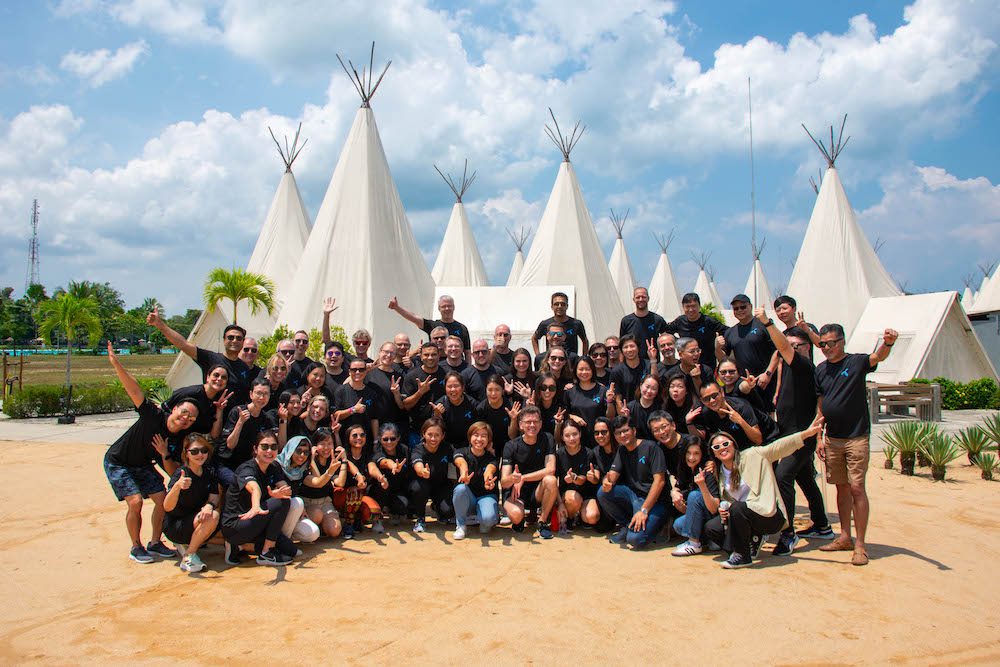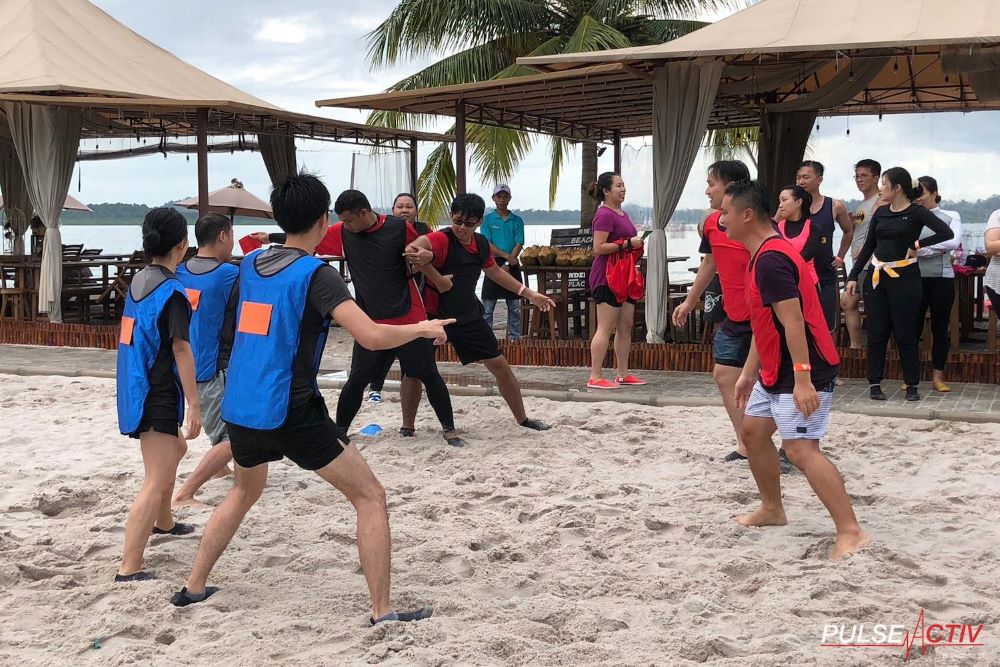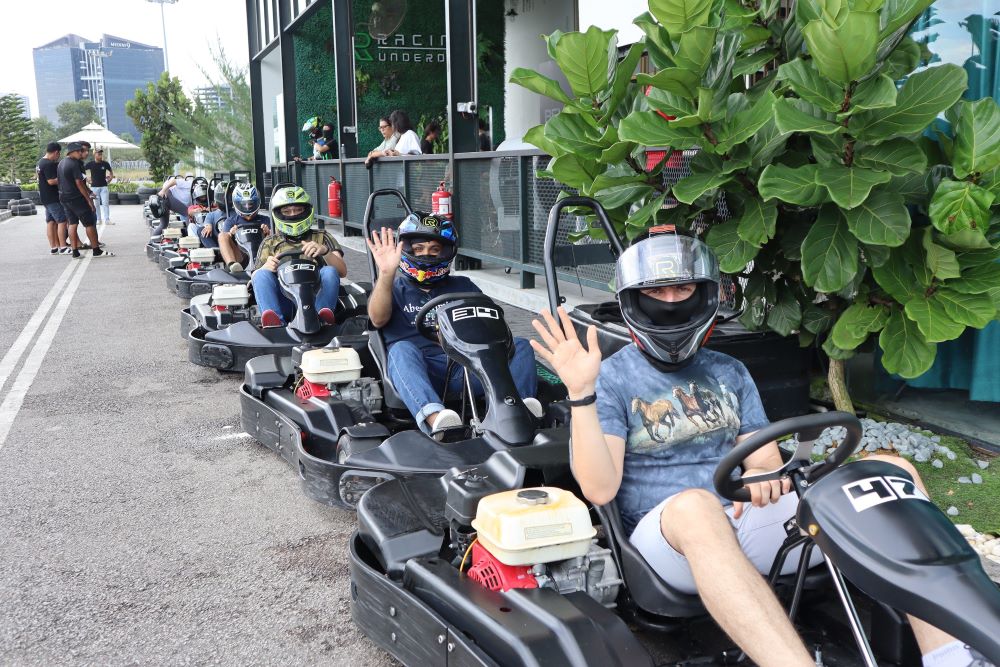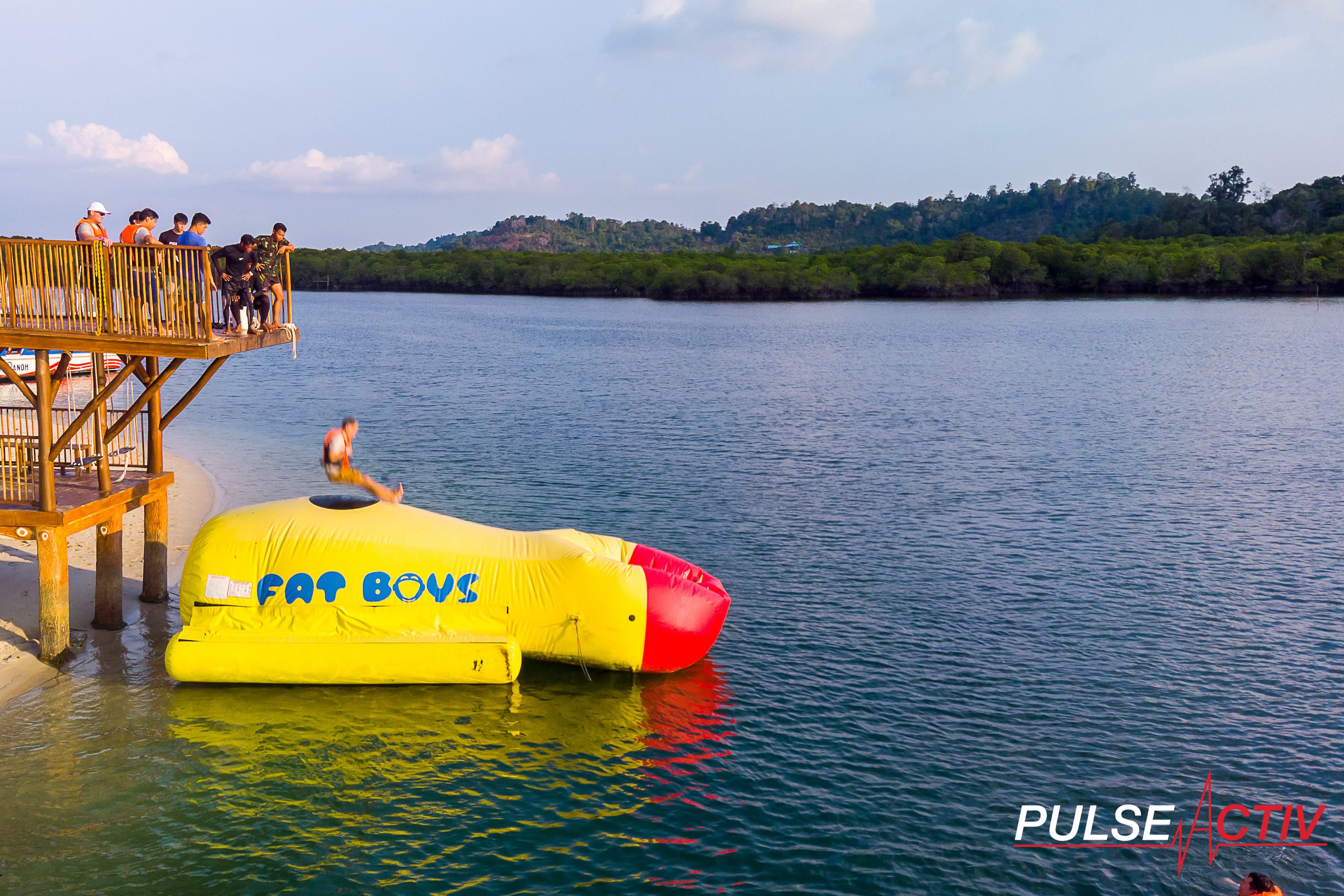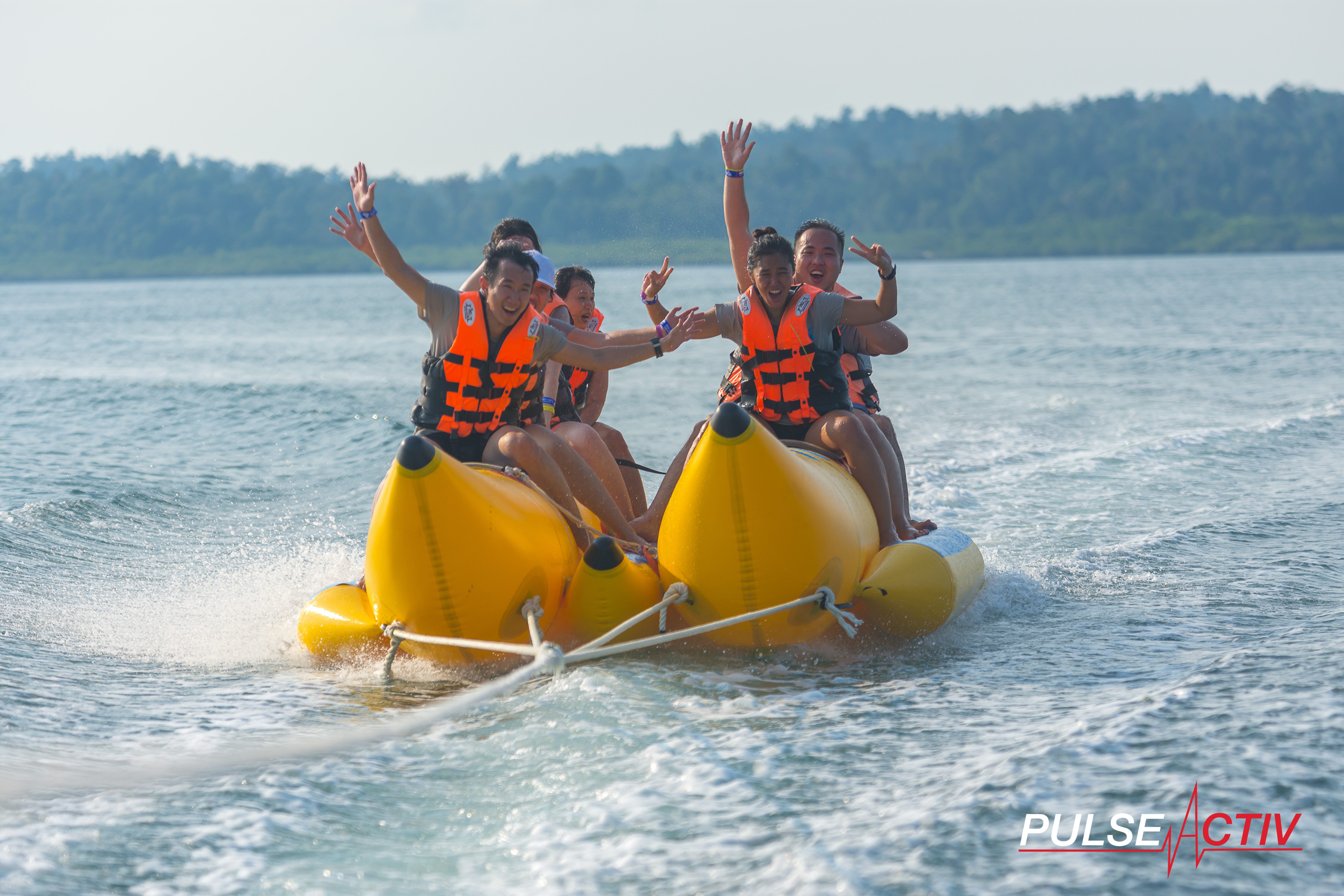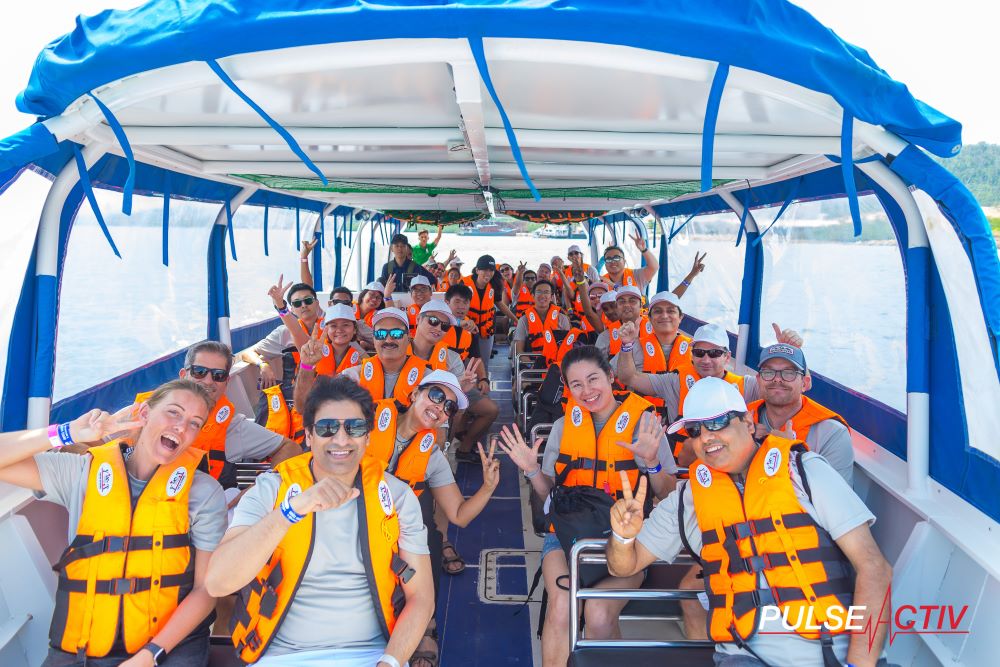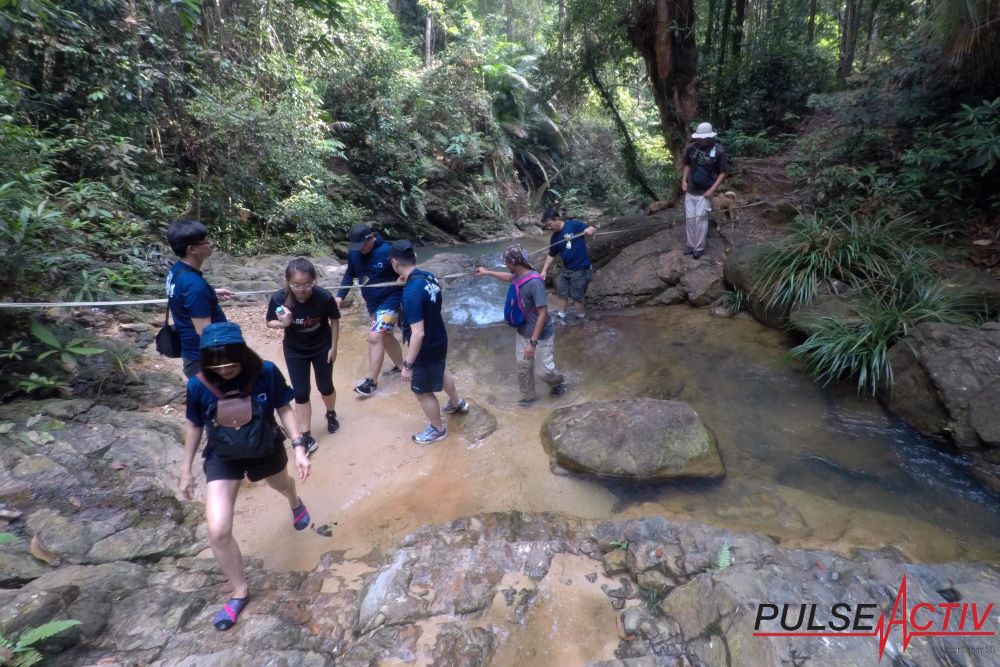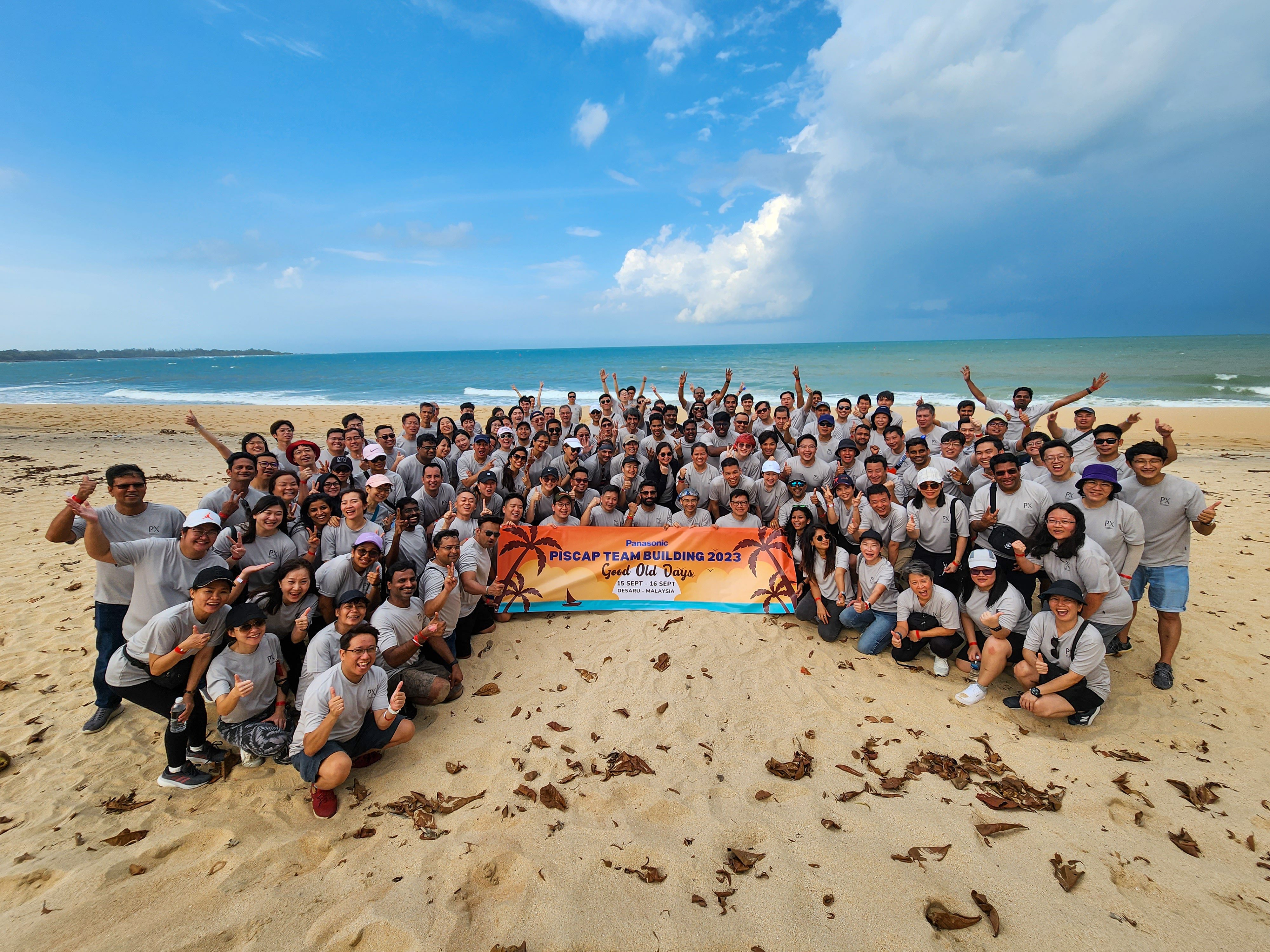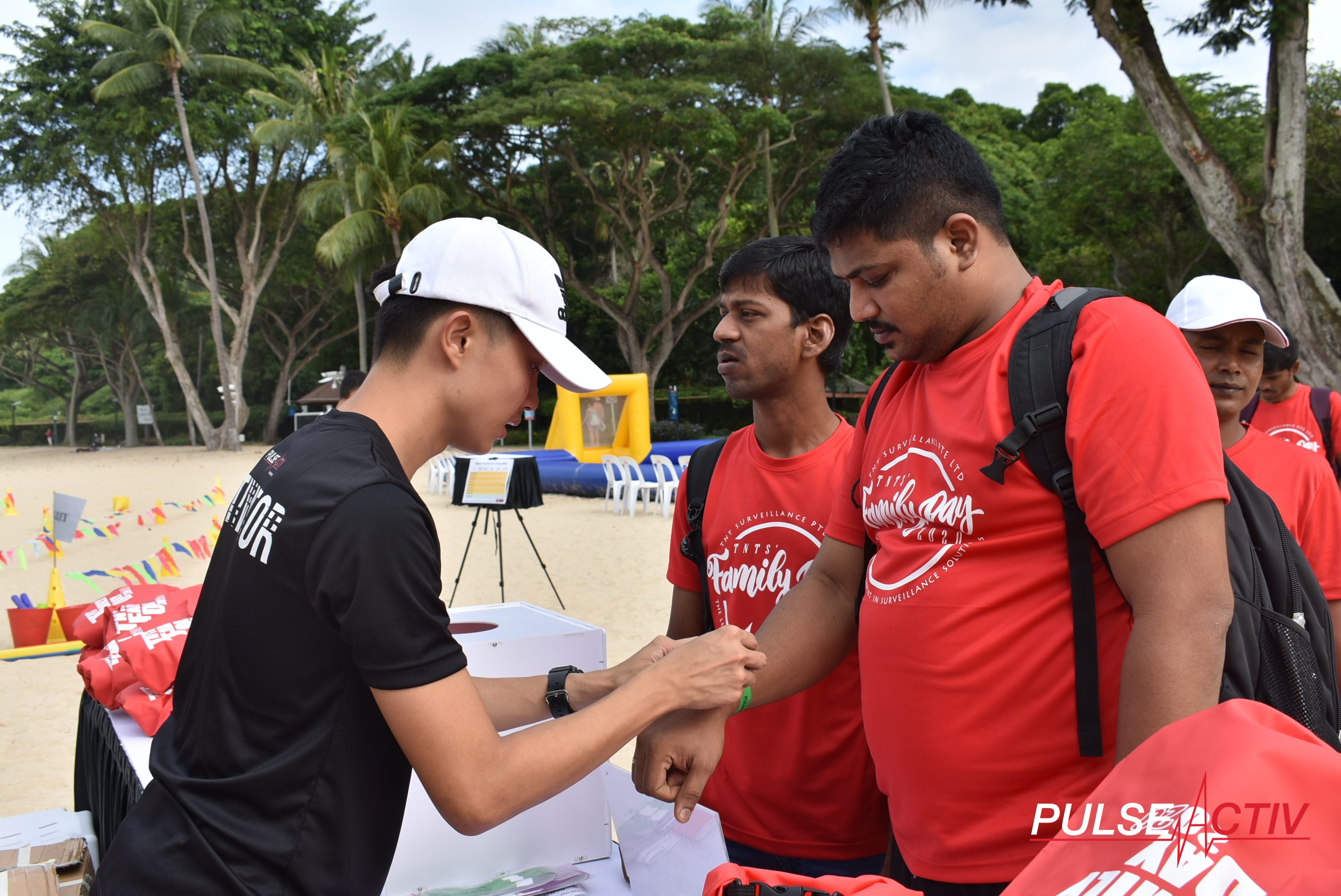12 Popular and Engaging Team Building Activities You Can Play at Any Overseas Retreat
When it comes to planning a memorable overseas retreat, few things bring a team together like engaging, lighthearted activities! Whether you’re gathering by the beach, in a bustling city, or surrounded by nature, here are 12 fantastic team-building activities that promise laughs, bonding, and lasting memories.
1. The Amazing Race: Adventure Edition
This activity brings the excitement of a thrilling race and the discovery of a new place together in one epic team-building challenge. Teams compete to reach various checkpoints, completing tasks that are unique to the retreat location. Whether they’re solving riddles, finding hidden items, or completing cultural tasks, this challenge is perfect for exploring local highlights while boosting team spirit. It’s an excellent way to create meaningful connections with the location and each other.
2. Running Man Challenge
The Running Man Challenge is a lively and unpredictable series of mini-games and surprise missions that keep everyone engaged and laughing. Teams face off in quirky, fast-paced challenges, often involving humorous tasks or surprising twists. With spontaneous turns and the chance for head-to-head matchups, this activity is ideal for high-energy groups who enjoy a bit of competitive fun mixed with plenty of laughs. It’s a perfect way to bring everyone out of their comfort zone and create some unforgettable moments.
3. CSR Charity Carnival
A CSR Charity Carnival combines the excitement of team building with the purpose of giving back. Teams come together to support a chosen cause through activities like booth games, craft-making, or friendly challenges. This event offers the chance to build a sense of shared purpose while creating positive social impact. It’s a rewarding way to strengthen team bonds through meaningful contributions, leaving everyone with a sense of fulfillment and shared values that last far beyond the retreat.
4. Build-A-Car or Boat Challenge
This hands-on challenge calls for creativity, problem-solving, and teamwork as teams design and build their own vehicle. Whether it’s a car to race or a boat to float, the goal is to craft a functional creation using limited materials. Teams collaborate on planning, designing, and building, learning to communicate effectively and divide tasks. The finale—whether it’s a race or a float test—is a thrilling way to bring everyone together and celebrate their hard work and innovation.
5. Ultimate Survivor
Perfect for adventurous groups, Ultimate Survivor draws inspiration from survival-themed challenges. Teams compete in a series of tasks that test their endurance, agility, and problem-solving skills, each aiming to outlast the competition. This activity is great for developing resilience, quick thinking, and team coordination, as every challenge builds on the previous one. As they cheer each other on through each “survival” task, participants build deeper connections and experience the thrill of victory together.
6. Beach Mini Olympics
What better way to enjoy a sunny retreat than with a Beach Mini Olympics? This event brings everyone together for a range of fun games on the sand, from relay races to tug-of-war to beach volleyball. Teams compete in lighthearted challenges that get everyone moving, cheering, and strategizing together. With a mix of traditional and silly games, it’s a fantastic way to enjoy the outdoors and spark a bit of friendly competition. The Beach Mini Olympics is the ultimate morale booster, providing teams with plenty of laughs and memorable moments.
7. DIY Mini Golf Course
A DIY Mini Golf Course adds a creative twist to team building by letting teams design and build their own mini-golf holes. Using provided materials and their imaginations, each team crafts unique course sections with obstacles, ramps, or even themed decorations. Once complete, everyone gets to try out the courses, competing to see who can score the lowest. It’s a great way to encourage creative problem-solving, teamwork, and a little friendly rivalry, resulting in a one-of-a-kind golfing experience everyone will remember.
8. Lights, Camera, Action!
In this activity, teams step into the spotlight to create their own short film or skit. Whether they’re acting, directing, or managing the “set,” everyone has a role to play as they work together to bring their story to life. With costumes, props, and maybe even a themed challenge, Lights, Camera, Action! lets team members showcase their creativity and bond over the hilarity of creating something original. This fun and creative outlet is perfect for groups that want to loosen up and make memories they can laugh about for years to come.
9. One World Pipeline
Aimed at reinforcing the power of teamwork and collaboration, One World Pipeline requires teams to build a continuous pipeline that connects everyone’s individual sections. Using given materials, teams work together to create a pipeline that actually functions, demonstrating how every piece and person is essential to the bigger picture. This activity is ideal for illustrating the importance of communication and collaboration, and it’s perfect for groups that enjoy hands-on challenges with a metaphorical twist.
10. Click, Snap, Move!
In Click, Snap, Move!, teams embark on a photo scavenger hunt that gets everyone exploring the retreat area while completing quirky photo challenges. Each team is given a list of creative, sometimes hilarious prompts that they must capture on camera, such as snapping a shot of “the silliest pose” or “a photo with a local landmark.” It’s a great way to encourage exploration, creative thinking, and collaboration, with the added bonus of a fun collection of photos to remember the experience.
11. The Amazing Race: Food Hunt Edition
For food lovers, this unique twist on The Amazing Race combines exploration with delicious local treats. Teams follow clues to different food stops, sampling authentic dishes as they complete culinary-inspired challenges. It’s the perfect way to experience the local culture while adding an extra layer of excitement and taste to the adventure. The Food Hunt Edition is ideal for teams who want to bond over shared meals, discover local flavors, and enjoy a side of friendly competition.
12. Rafting Adventure
If your retreat is near a river or lake, a Rafting Adventure is an exhilarating choice. Teams paddle their way through gentle currents or rapids, working together to navigate the water and avoid obstacles. It’s a thrilling outdoor activity that combines teamwork, communication, and a bit of physical endurance. Rafting not only provides a sense of accomplishment as teams reach their destination, but it also creates unforgettable memories in the heart of nature, where teamwork truly shines.
These 12 activities bring the fun, excitement, and camaraderie that every retreat needs. Each one offers a unique experience, whether it’s connecting through creativity, discovering local culture, or conquering physical challenges together. With these games in your itinerary, your team is sure to return with stronger bonds, a collection of hilarious stories, and a deeper sense of teamwork that will last well beyond the retreat!
To head back to read another article in our blog, click here.
